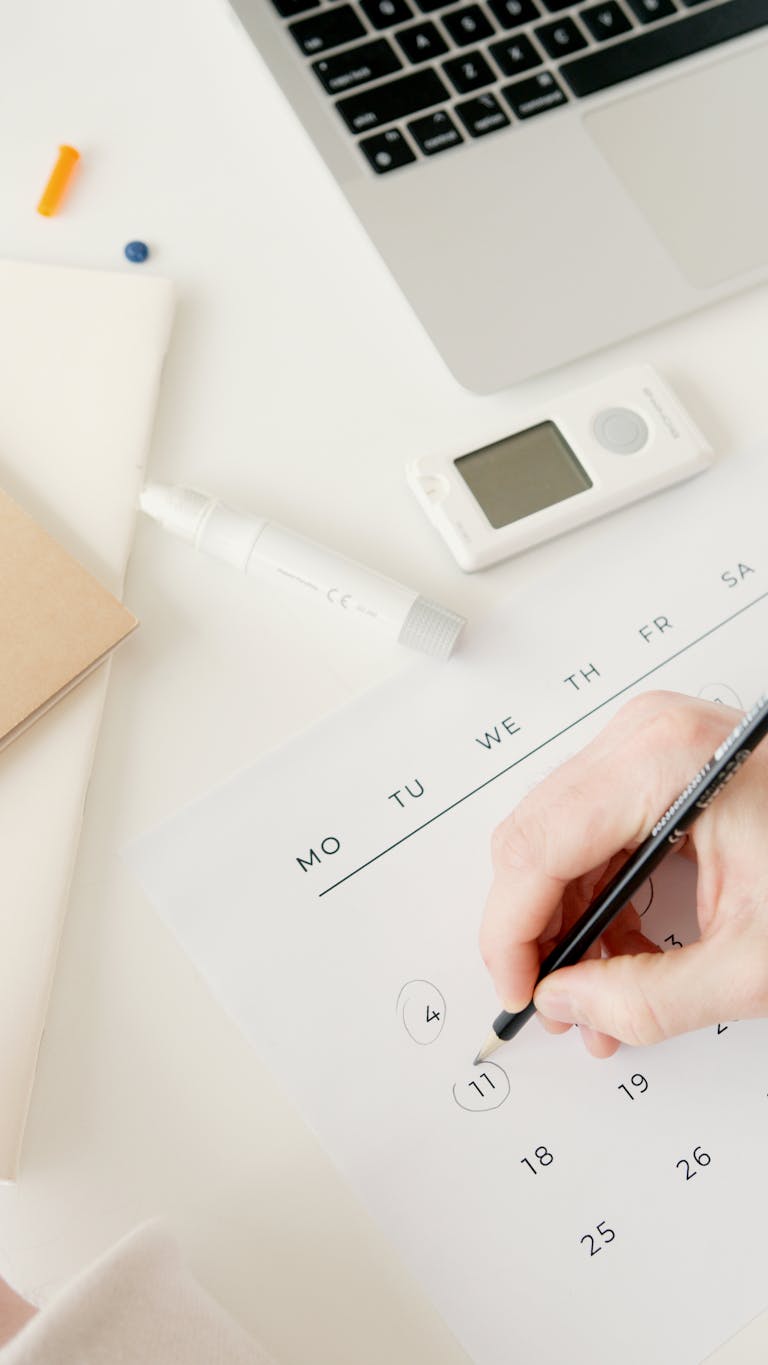Everyone procrastinates. Whether it’s a daunting project or a simple task like doing the dishes, we all have moments when we avoid what we know we should do. The secret to overcoming procrastination might lie in one surprisingly simple rule: the 10-Minute Rule.
This isn’t a gimmick. It’s a brain hack based on psychology and behavior science — and it works.

What is the 10-Minute Rule?
The 10-Minute Rule is simple:
Commit to doing a task for just 10 minutes. If you want to stop after that, you can.
It’s a trick to overcome your brain’s resistance to starting. Once you’re in motion, momentum usually takes over — and you keep going.
Why the 10-Minute Rule Works
- It bypasses mental resistance.
Your brain sees 10 minutes as a small, non-threatening commitment. - It initiates action.
Starting is the hardest part of any task. Once started, you’re far more likely to continue. - It builds habit strength.
Even short bursts of effort add up over time, reinforcing productive habits.
How to Apply the 10-Minute Rule in Real Life
- Tackle Large Projects
Overwhelmed by writing a report? Set a timer for 10 minutes. Write freely — no pressure to continue after that. - Beat Gym Resistance
Don’t feel like working out? Tell yourself you’ll just stretch or walk for 10 minutes. Often, that’s enough to get into the flow. - Tidy Your Space
Need to clean your kitchen or organize your desk? Start with 10 minutes. You might end up finishing the whole job. - Get Started on Reading or Studying
Open that book you’ve been avoiding. Read just one chapter or for 10 minutes. It counts.
Tools to Enhance the 10-Minute Rule
- Use a physical timer or apps like Focus Keeper, Be Focused, or Pomofocus.
- Pair it with music or a calming background noise playlist.
- Track your results — noting how often 10 minutes leads to longer sessions.
Common Questions About the 10-Minute Rule
Q: What if I truly want to stop after 10 minutes?
A: That’s okay. The point is to start. Even 10 minutes of focused work is better than none — and it still builds momentum for the future.
Q: Will this work for long-term tasks?
A: Yes. Consistently applying the 10-minute rule can help break large tasks into manageable chunks and reduce overwhelm.
Q: Can it be used for habits like meditation or journaling?
A: Absolutely. 10 minutes is perfect for building new routines without pressure.
Benefits of Using the 10-Minute Rule
- Breaks perfectionism paralysis
- Increases task initiation
- Improves consistency
- Reduces overwhelm and guilt
It’s especially useful on low-energy days when the thought of doing anything productive feels too heavy.
How to Stay Consistent
- Stack it with another habit. Use it right after coffee, brushing teeth, or lunch.
- Use a reward system. After 10 minutes, give yourself a treat or a short break.
- Log your efforts. A simple journal entry: “Did 10 mins of X today” reinforces consistency.
Q: Does the 10-minute rule work for chronic procrastinators?
A: Yes. It’s a low-resistance way to build momentum and rewire habits over time.
Q: What if I never go beyond 10 minutes?
A: That’s still a win. Showing up consistently trains your brain to take action with less resistance.
Q: Can I use this for creative work?
A: Absolutely. The rule helps you get over the mental block of perfection and just start creating.
Try the 10-minute rule today on a task you’ve been avoiding. You might be surprised by how far 10 minutes can take you.

I’m EKBAL HOSSAIN MONDAL, the creator of SmartSolveTips.com — a blog dedicated to helping people improve productivity, avoid digital burnout, and live better online. With years of hands-on experience in self-development and digital wellness, I write practical tips and tools to help you stay focused and thrive in a fast-paced digital world.






